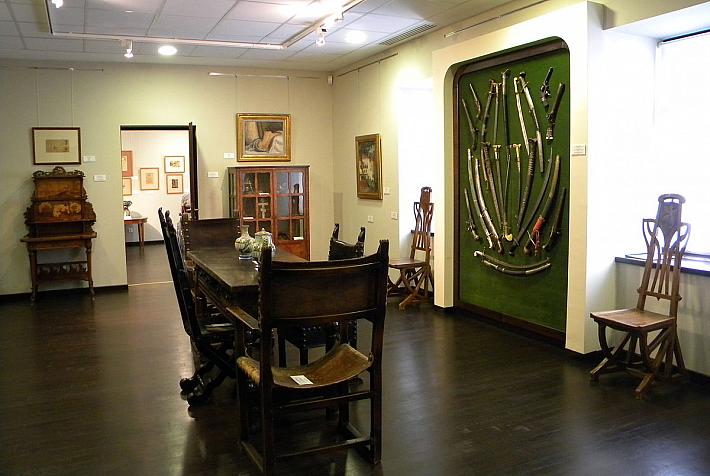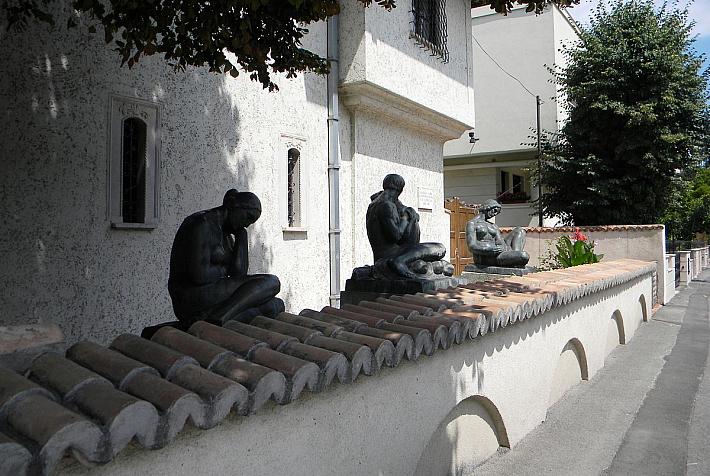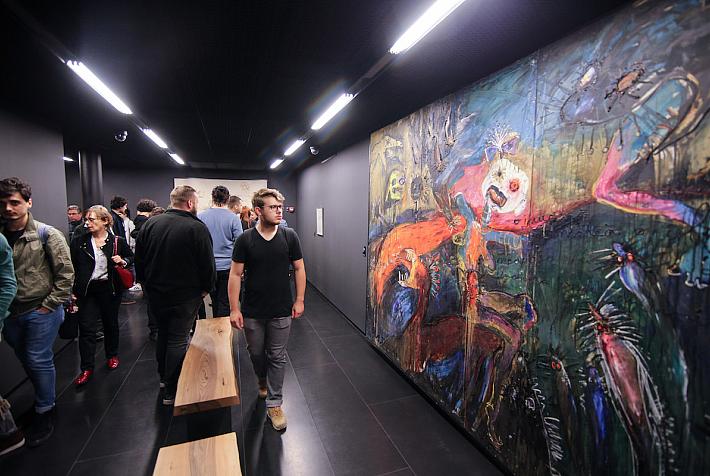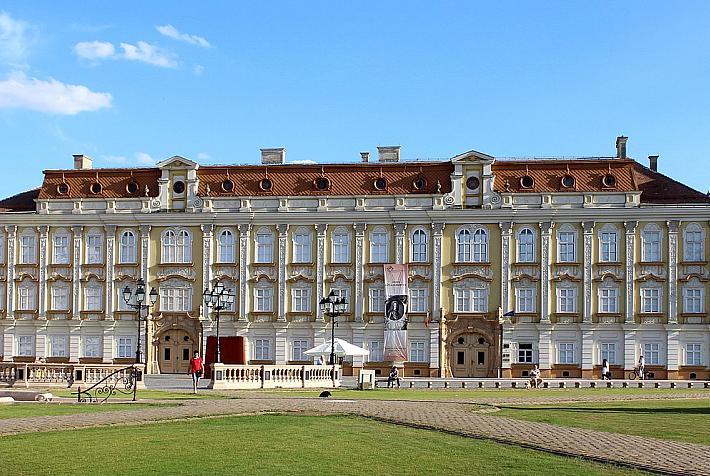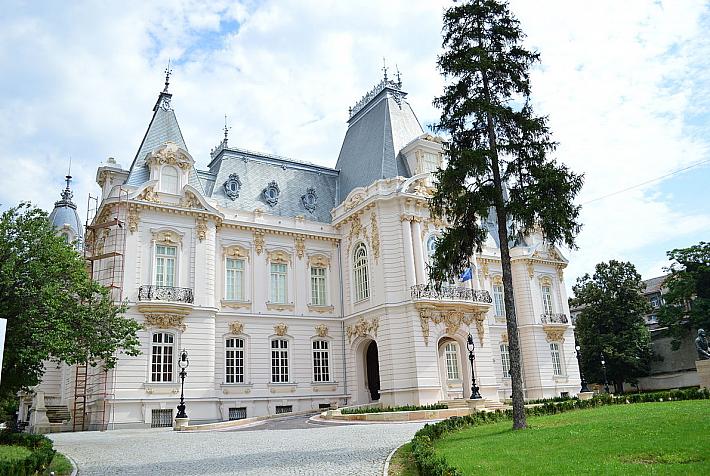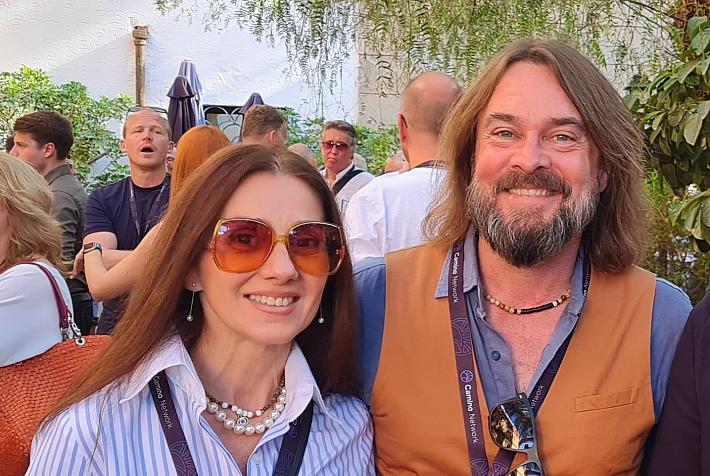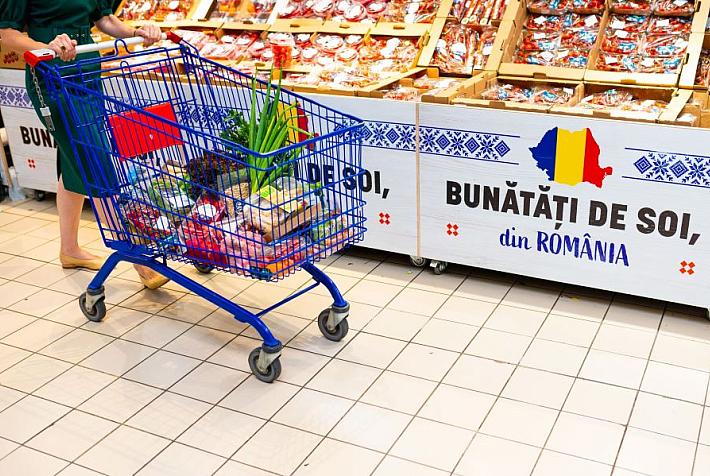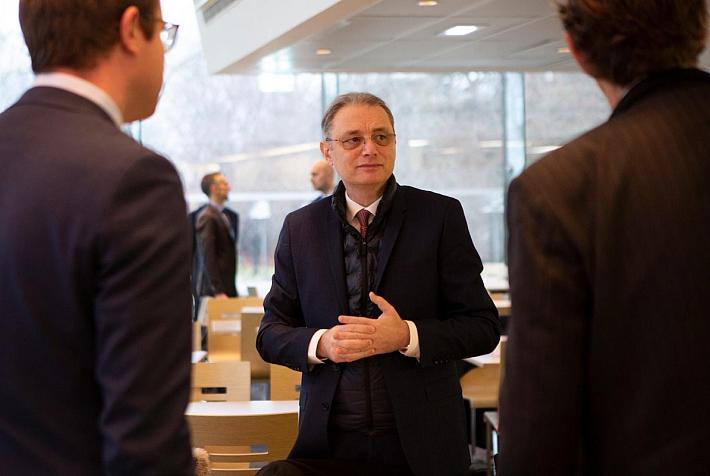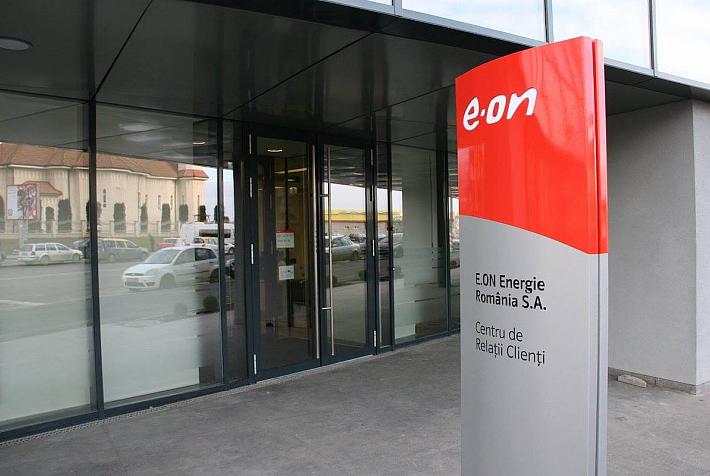Art museums to discover in Romania
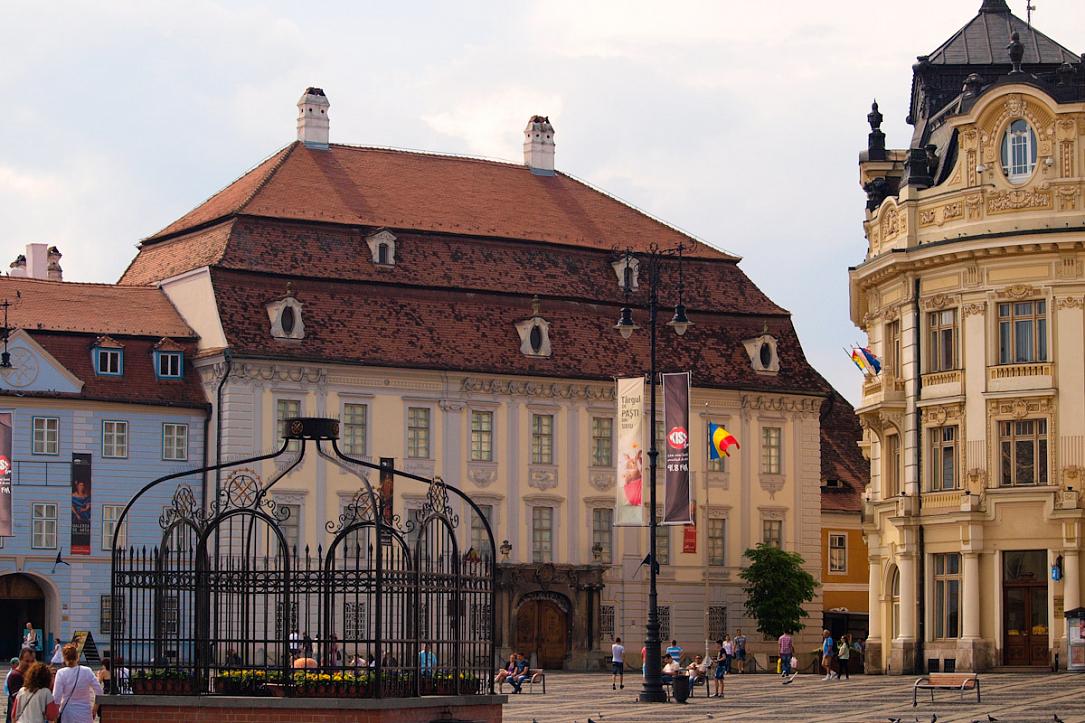
Romania's capital Bucharest has many museums for those who want to learn more about local art but there is more to discover around the country. Often, these museums are located in patrimony buildings, with an interesting story of their own, one more reason to start exploring.
Bucharest
The National Museum of Art of Romania (MNAR) holds a valuable collection of Romanian and foreign art, organized in two permanent exhibitions: The National Gallery, which includes the Old Romanian Art Gallery and the Modern Romanian Art Gallery, and the European Art Gallery.
The Old Romanian Art Gallery showcases a complex and complete presentation of the arts in the Romanian provinces, from the 14th century to the first half of the 19th century. Some 900 icons, fresco fragments, embroideries, manuscripts, prints, silverware, jewelry, wood and stone sculptures, and ceramics are on display. Coming from Moldavia, Wallachia, and Transylvania, they illustrate the way the Byzantine tradition merges with oriental or occidental influences to generate new, and original artistic forms.
The Modern Romanian Art Gallery showcases the history of Romanian art from the second half of the 19th century to the end of the 1970s. It hosts representative selections from the work of artists such as Nicolae Grigorescu, Ștefan Luchian or Constantin Brâncuși. Other artists well represented in the museum’s collection are Theodor Pallady, Gheorghe Petrașcu, Nicolae Tonitza, and Ștefan Dimitrescu, besides those of M.H. Maxy, Marcel Iancu and Victor Brauner illustrate Romania’s contribution to the European avant-garde of the 1920- 1930.
Meanwhile, in the European Art Gallery, visitors will find masterpieces of artists such as Domenico Veneziano, Tintoretto, Bronzino, Lucas Cranach the Elder, Rubens, Brueghel the Younger, Rembrandt, El Greco, Monet, Signac or Rodin.
A branch of MNAR, the Museum of Art Collections gathers collection donated to the Romanian State beginning with 1927 by several art collectors, most of them from Bucharest. It hosts a variety of works of painting, sculpture, drawing, Romanian, European and Oriental decorative arts and provides a novel perspective on the Romanian society from the beginning of the 20th century to the present.
In addition to works by Theodor Aman, Nicolae Grigorescu, Ioan Andreescu, Nicolae Tonitza, Gheorghe Petraşcu, Theodor Pallady, Lucian Grigorescu, Iosif Iser, Camil Ressu, Francisc Şirato, Alexandru Ciucurencu, and Dimitrie Ghiaţă, visitors can see European and French drawing, French furniture, Oriental rugs, and Transylvania icons.
The museum is hosted in the former Romanit Palace, a building that is representative for the emergence of modern architecture in the capital, and whose restoration ended in 2013.
Also a branch of MNAR, Zambaccian Museum relies on the collection gathered by art critic and collector Krikor H. Zambaccian (1889-1962), who put together one of the most valuable art collections in the country. To showcase it to its true value, Zambaccian built during the 1940s the house where today are exhibited paintings, sculptures, drawings and furniture purchased over half a century. The collection and the house were donated to the Romanian State in 1947 when Zambaccian also became a member of the Romanian Academy.
The Romanian artworks belong to Theodor Aman, Nicolae Grigorescu, Ioan Andreescu, Ștefan Luchian, Nicolae Tonitza, Theodor Pallady, Gheorghe Petrașcu, Corneliu Baba, Alexandru Phoebus, and Horia Damian. The museum also hosts several sculptures by Brâncuși, Milița Petrașcu, Oscar Han and Cornel Medrea, as well as paintings by Cézanne, Picasso, Matisse, Bonnard, Utrillo, and Marquet.
Theodor Pallady Museum hosts the collection of the couple Serafina and Gheorghe Răut, which includes a substantial number of works by Theodor Pallady, alongside paintings from the French, Dutch, English and Spanish schools of the 16th to the 19th centuries, sculpture, textiles, ceramics, and other decorative arts objects. The museum is located inside the Melik House, built in the second half of the 18th century and known as one of the capital’s oldest.
Opened in 2018, the Museum of Recent Art (MARe), a private one, exhibits Romanian art from the 1960s to the present, in a collection that includes works as varied as painting, sculpture, installation, photography, collage, conceptual and video art. The permanent collection includes key works by artists such as Ion Țuculescu, Andrei Cădere, Ion Grigorescu, Paul Neagu, Ștefan Bertalan, Nicolae Comănescu, Roman Cotoșman, Pavel Ilie, Diet Sayler, Alexandru Chira, Horia Bernea, Florin Mitroi, Marian Zidaru, Ioana Bătrânu, Vioara Bara, Teodor Graur, Dan Perjovschi, Dumitru Gorzo, Victor Man, Ecaterina Vrana, Vlad Nancă, Gili Mocanu, Anca Mureșan, Ovidiu Feneș, Cristina David, Ion Bârlădeanu and more. In addition to local art, the museum also presents exhibitions of international artists and opened last year with an exhibition of works of Jeff Wall.
Sibiu
The Brukenthal National Museum (pictured in opening photo) is a landmark of the central Romania city of Sibiu and carries the name of Baron Samuel von Brukenthal (1721-1803), a member of the Transylvania Saxon who held important public positions in the administration of the Austrian state led by Empress Maria Theresia.
After being appointed a governor of the principality of Transylvania, the baron built in Sibiu a palace in the style of the late baroque, modeled after similar Viennese ones, hosting his impressive collections of art, books, numismatics, and more. The collections were officially opened to the public in 1817. Overall, the Brukenthal Museum is a complex of several museums, covering history, pharmacy, nature sciences, and hunting, among others.
The art galleries include works belonging to the main European schools of painting, from the 15th to the 18th century: Flemish-Dutch, German and Austrian, Italian, Spanish and French. The museum also has a permanent exhibition of Romanian art, opened in 2008. It gathers some 200 works and traces the evolution of local painting starting with the 18th century and going to the 20th. It encompasses a rich fund of Transylvanian painting as well as works belonging to modern and interwar Romanian painting and going up to the second half of the 20th century. As such, the visitors can see here the works of Transylvania painters such as Johann Martin Stock, Franz Neuhauser, Mişu Popp, Carl Dörschlag, Arthur Coulin or Octavian Smigelschi but also national masters such as Theodor Aman, Nicolae Grigorescu, Ion Andreescu, Ştefan Luchian, Hans Mattis-Teutsch, Corneliu Mihăilescu, Gheorghe Petraşcu, Theodor Pallady, Nicolae Tonitza, Alexandru Ciucurencu, Corneliu Baba, and Ion Ţuculescu.
Timișoara
The Art Museum of Timişoara is located in the downtown Baroque Palace, one of the city’s most valuable historical monuments. The museum hosts a unique collection of some 90 works and personal items of Romanian painter Corneliu Baba, as well as collections of contemporary art, decorative art, and European art. The museum’s patrimony also includes Romanian painting collections, religious painting, and painting from the region of Banat.
Cluj-Napoca
The permanent exhibition of the Art Museum of Cluj-Napoca includes works covering a period starting with the 16th century and ending with the 20th, with a focus on the art that developed in Transylvania and of the multicultural character of this area. Besides a collection of religious art, visitors will find here paintings by Franz Neuhauser, Franz Anton Bergman, Mişu Popp, Nagy István and Aurel Popp, and works by Theodor Aman, Nicolae Grigorescu, Ion Andreescu, Ştefan Luchian, Nicolae Tonitza, Theodor Pallady, Nicolae Dărăscu, Gheorghe Petraşcu, Francisc Şirato, Camil Ressu, Dimitrie Paciurea, and Corneliu Medrea. The museum was nominated in 1997 for the European Museum of the Year Award. It is housed in the Banffy Palace, a baroque building erected in the second half of the 18th century to serve as a residence for the governor of Transylvania.
Iași
Housed in the recently-refurbished Palace of Culture, the Art Museum of Iași was established in 1860 starting from a private collection of European art, to which several other donations were later added. Visitors can expect to see here modern Romanian art, from the end of the 18th century to the interwar period, contemporary Romanian art, with a focus on the Iași school, and European art, grouped in national schools: Italian, Spanish, Flemish- Dutch, German, Austrian, Russian and Polish. Among the Romanian painters whose works are displayed here are Gheorghe Petraşcu, Theodor Pallady, Nicolae Tonitza, Camil Ressu, Nicolae Dărăscu, Sabin Popp, Octav Băncilă, and Aurel Băeşu.
Craiova
The Art Museum of Craiova is hosted in the beautiful Mihail Palace, designed architect Paul Gottereau, who worked in Bucharest on the palace of the Savings Bank CEC and that of the Central University Library (BCU). The building became a museum in 1954, with a collection that included both Romanian and foreign art, coming from the Alexandru and Aristia Aman Pinacoteque as well as works received from various donations during the interwar period. Among the local artists who are represented in the museum are Theodor Aman, Nicolae Grigorescu, Nicolae Tonitza, Ștefan Luchian, Gheorghe Petrașcu, Theodor Pallady, Eustațiu Stoenescu, Gheorghe Anghel, Dimitrie Paciurea. A highlight of the museum’s collection are the works of Ion Ţuculescu, a donation from the family of the expressionist and abstract painter who was born in Craiova. The museum also has six works by Constantin Brâncuși: Vitellius, Cap de fată (Head of a girl), Cap de băiat (Head of a boy), Fragment de tors (Torso fragment), Domnișoara Pogany (Mademoiselle Pogany) and Sărutul (The Kiss).
For more of Brâncuși be sure to head to Targu Jiu, where the artists created a sculptural ensemble that brings homage to the Romanian heroes of the First World War. The ensemble comprises three sculptures: The Table of Silence, The Gate of the Kiss and the Endless Column.
Constanța
The Art Museum of Constanța was established in 1961, with a patrimony belonging to the old painting galleries in Constanţa and Balcic, opened in 1935 and 1937. Today it offers art lovers a view of over a century of evolution of Romanian painting, sculpture, and drawing, while trying to pinpoint, through reference works, the place and role the region of Dobrogea, where Constanța is found, and the marine landscape have in the context of national art.
If you’re planning on visiting Oradea, Târgu Mureș or Brașov, be sure to check their art museums as well.
(Opening photo: 7 Castles/ Wikipedia)
editor@romania-insider.com








